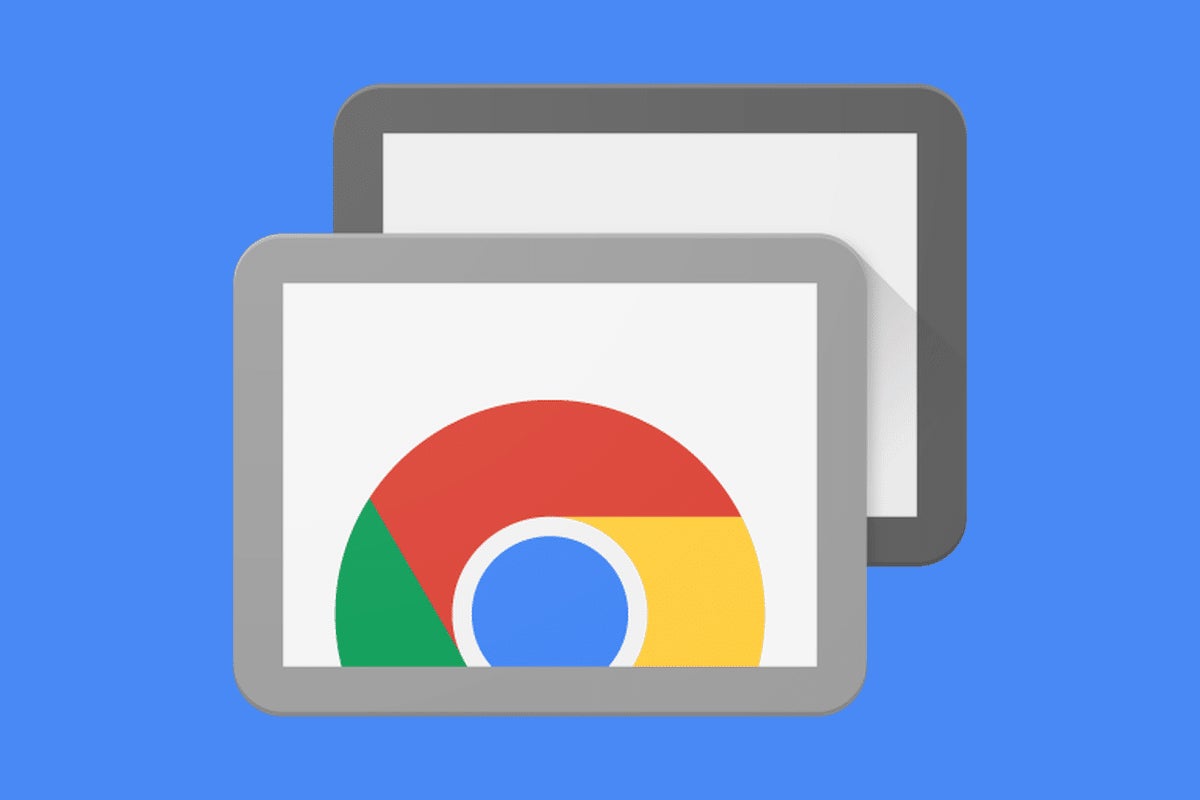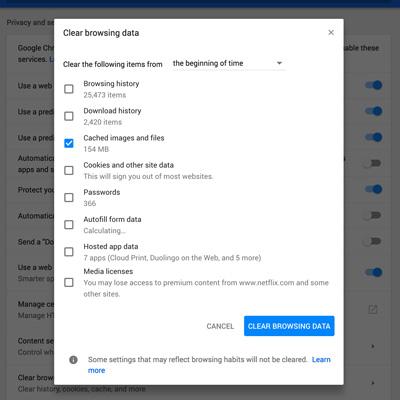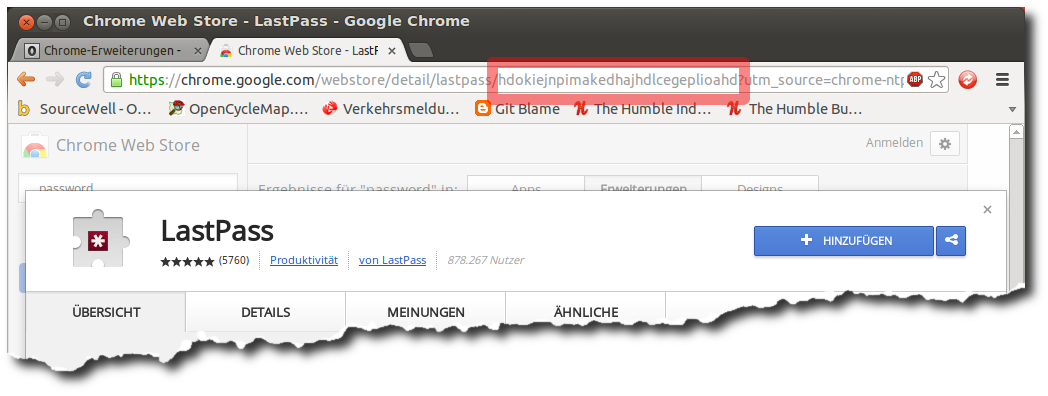Introduction
- Chrome App Download
- Google Apps For Mac
- Chrome App Data Mac Software
- Chrome App For Macbook Pro
- Chrome Apps Download For Pc
My chromebox screen went 'Chrome OS is missing or damaged' a few weeks ago so I downloaded this app from my chromebook an everything worked fine. This happened again this weekend and the recovery tool will not work. Same chromebox and same chromebook. Even the same USB. I really do think this app is shaky at best. Maybe just need to buy a new. This guide shows you how to use Chrome DevTools to inspect Cache data. If you're trying to inspect HTTP cache data, this is not the guide you want. The Size column of the Network Log has the information you're looking for. See Log network activity. View cache data. Click the Application tab to open the Application panel.
The user data directory contains profile data such as history, bookmarks, and cookies, as well as other per-installation local state.
How to delete apps apple. Select ‘Go’ from menu. Hold down ‘option’ key on keyboard; you should see a new option for ‘Library’. Open Finder.
Each profile is a subdirectory (often Default) within the user data directory.
Chrome App Download
Current Location
To determine the user data directory for a running Chrome instance:
- Navigate to
chrome://version - Look for the
Profile Pathfield. This gives the path to the profile directory. - The user data directory is the parent of the profile directory.
Example (Windows):

- [Profile Path]
C:UsersAliceAppDataLocalGoogleChromeUser DataDefault - [User Data Dir]
C:UsersAliceAppDataLocalGoogleChromeUser Data
Default Location
The default location of the user data directory is computed by chrome::GetDefaultUserDataDirectory.
Generally it varies by
- OS platform,
- branding (Chrome vs. Chromium, based on
is_chrome_brandedin GN args), and - release channel (stable / beta / dev / canary).
Windows
The default location is in the local app data folder:
- [Chrome]
%LOCALAPPDATA%GoogleChromeUser Data - [Chrome Canary]
%LOCALAPPDATA%GoogleChrome SxSUser Data - [Chromium]
%LOCALAPPDATA%ChromiumUser Data
(The canary channel suffix is determined using InstallConstants::install_suffix.)
Mac OS X
The default location is in the Application Support folder:

- [Chrome]
~/Library/Application Support/Google/Chrome - [Chrome Canary]
~/Library/Application Support/Google/Chrome Canary - [Chromium]
~/Library/Application Support/Chromium
(The canary channel suffix is determined using the CrProductDirName key in the browser app's Info.plist.)
Ftp app mac free version. Download FileZilla Client 3.51.0 for Mac OS X. Microsoft Azure Blob and File Storage Transfer files to the Azure cloud using Microsoft's Blob Storage and File Storage services. WinSCP is an FTP software for Microsoft Windows. It enables you to smoothly copy any. Free ftp mac free download - BulletProof FTP Client Mac, WWD FTP Proxy for Mac, Classic FTP Free File Transfer Client for Mac, and many more programs.
Linux
The default location is in ~/.config:
- [Chrome Stable]
~/.config/google-chrome - [Chrome Beta]
~/.config/google-chrome-beta - [Chrome Dev]
~/.config/google-chrome-unstable - [Chromium]
~/.config/chromium
(The beta and dev channel suffixes are determined from $CHROME_VERSION_EXTRA, which is passed by the launch wrapper script.)

The ~/.config portion of the default location can be overridden by $CHROME_CONFIG_HOME (since M61) or by $XDG_CONFIG_HOME.
Note that $XDG_CONFIG_HOME affects all applications conforming to the XDG Base Directory Spec, while $CHROME_CONFIG_HOME is specific to Chrome and Chromium.
Chrome OS
The default location is: /home/chronos
Android
The default location comes from Context.getDir and is specific to the app.
Example: /data/user/0/com.android.chrome/app_chrome
iOS
The default location is inside the application support directory in the app sandbox.
- [Chrome]
Library/Application Support/Google/Chrome - [Chromium]
Library/Application Support/Chromium
Overriding the User Data Directory
Command Line
On all platforms, the user data directory can be overridden by passing the --user-data-dir command-line flag to the Chrome binary.
Example:
- [Windows]
chrome.exe --user-data-dir=c:foo - [Linux]
google-chrome --user-data-dir=/path/to/foo
Environment (Linux)
On Linux, the user data directory can also be overridden with the $CHROME_USER_DATA_DIR environment variable.
The --user-data-dir flag takes precedence if both are present.
Chrome Remote Desktop sessions (Linux)
A single Chrome instance cannot show windows on multiple X displays, and two running Chrome instances cannot share the same user data directory. Therefore, it's desirable for Chrome to have a separate user data directory when running inside a Chrome Remote Desktop (CRD) virtual session on a Linux host.
By default, CRD achieves this by setting $CHROME_USER_DATA_DIR in the session. Unfortunately this means that inside the session we don't get separate defaults for different channels (Stable, Beta, Dev) or for Chrome vs. Chromium. This can lead to profile version errors (“Your profile can not be used because it is from a newer version of Google Chrome”).
Since M61, this can be solved by setting $CHROME_CONFIG_HOME instead of $CHROME_USER_DATA_DIR. Specifically, put the following in ~/.chrome-remote-desktop-session:
Then restart the host by running: /etc/init.d/chrome-remote-desktop restart
Writing an AppleScript wrapper (Mac OS X)
On Mac OS X, you can create an application that runs Chrome with a custom --user-data-dir:
Open Applications > Utilities > Script Editor.
Enter:
Modify as needed for your installation path, Chrome versus Chromium, and desired user data directory.
Save the script in your Applications directory with the file format “Application”.
Close the Script Editor, find your newly created application, and run it. This opens a Chrome instance pointing to your new profile.
If you want, you can give this application the same icon as Chrome:
- Select the Google Chrome application and choose File > Get Info.
- Select the icon at the top left of the info dialog. You will see a blue highlight around the icon.
- Press ⌘C to copy the icon.
- Open the info dialog for the new application and select the icon in the top left.
- Press ⌘V to paste the copied icon.
User Cache Directory
On Windows and ChromeOS, the user cache dir is the same as the profile dir. (The profile dir is inside the user data dir.)
On Mac OS X and iOS, the user cache dir is derived from the profile dir as follows:
- If
Library/Application Supportis an ancestor of the profile dir, the user cache dir isLibrary/Cachesplus the relative path fromApplication Supportto the profile dir. - Otherwise, the user cache dir is the same as the profile dir.
Example (Mac OS X):
- [user data dir]
~/Library/Application Support/Google/Chrome - [profile dir]
~/Library/Application Support/Google/Chrome/Default - [user cache dir]
~/Library/Caches/Google/Chrome/Default
On Linux, the user cache dir is derived from the profile dir as follows:
- Determine the system config dir. This is
~/.config, unless overridden by$XDG_CONFIG_HOME. (This step ignores$CHROME_CONFIG_HOME.) - Determine the system cache dir. This is
~/.cache, unless overridden by$XDG_CACHE_HOME. - If the system config dir is an ancestor of the profile dir, the user cache dir is the system cache dir plus the relative path from the system config dir to the profile dir.
- Otherwise, the user cache dir is the same as the profile dir.
Example (Linux):
- [user data dir]
~/.config/google-chrome - [profile dir]
~/.config/google-chrome/Default - [user cache dir]
~/.cache/google-chrome/Default
On Android, the user cache directory comes from Context.getCacheDir.
Google Chrome is my favorite Web Browser and it seems we do have full control over your browsing data. This data includes your browsing and download history, cache, cookies, passwords, and saved form data.
Use the Clear browsing data dialog to delete all your data or just a portion of your data, collected during a specific period of time. But there are still a bunch of files that it doesn’t touch.
I was having bookmark’s favicon issue while switching from Stable to Beta Channel switching. None of the favicon were coming, somehow it got corrupted. Another issue I faced while ago was related to Microsoft SilverLight install.
Follow below steps to remove all Google Chrome User Data, Cache.
Step-1
Go to ~/Library folder. If you don’t see it under your username then follow this instruction.
2 | bash-3.2$pwd |
Step-2
Google Apps For Mac
Delete Google folder from ~/Library/Application Support
Step-3
Delete below folders from ~/Library/Caches
Step-4
Delete ~/Library/Google folder
Make sure you’ve shut down Chrome while performing this action and then either move the folder to the trash or rename it to something like backup.chrome and then start Chrome up again.
This will fresh start your Google Chrome.
Chrome App Data Mac Software
Join the Discussion
Chrome App For Macbook Pro
If you liked this article, then please share it on social media or leave us your comments. Limited time 3 months free WPEngine hosting.